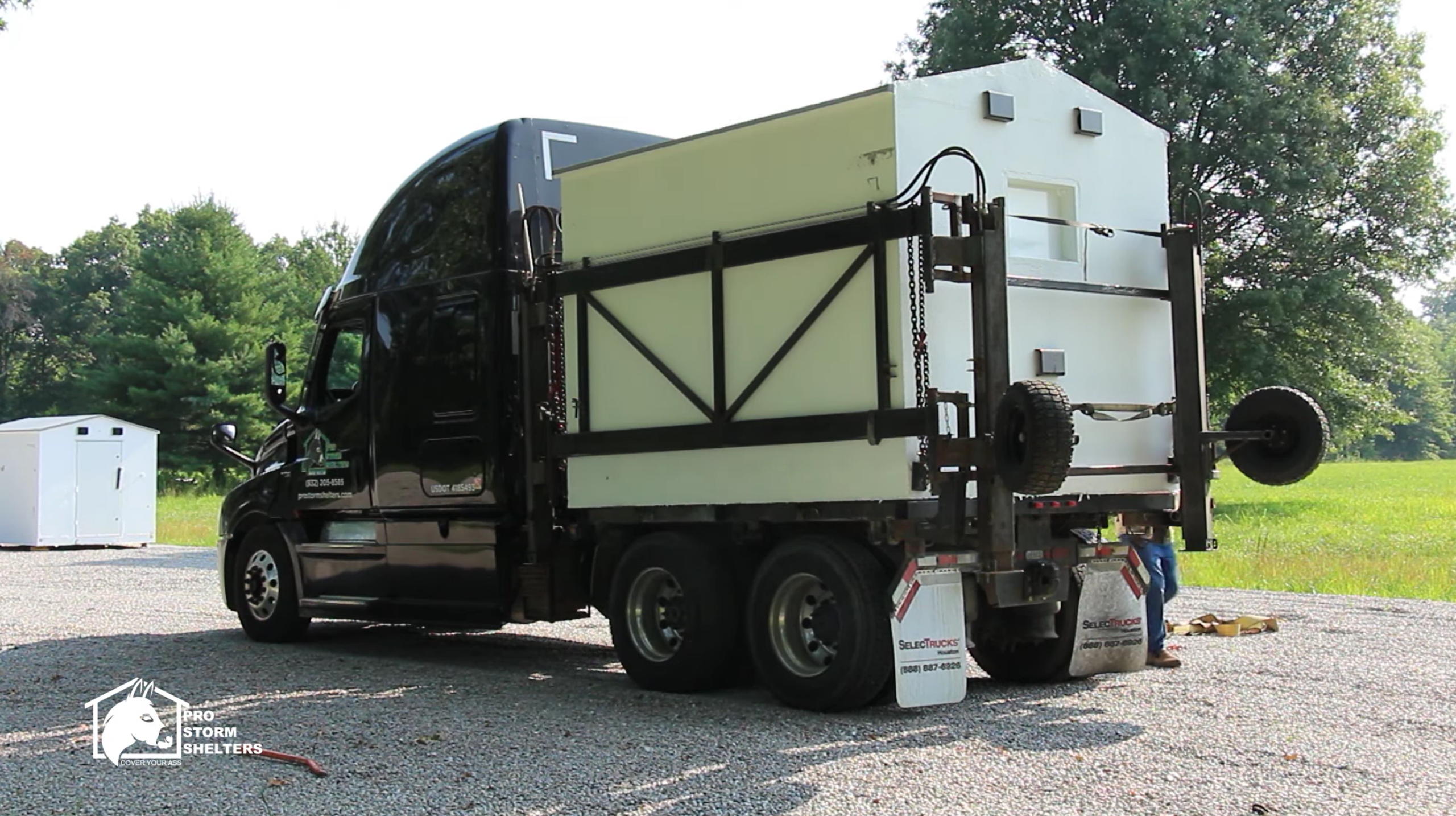Did you know that according to recent data, tornadoes cause over $10 billion in annual property damage across the United States? That makes having reliable storm shelters not just a precaution, but a necessity in many parts of the country.
In this blog post, we’ll unpack how long it typically takes to install an above ground storm shelter, explore what influences that installation time, and compare it briefly with the timeframes associated with concrete storm shelters and other options. This will help you plan effectively and make informed decisions about your safety needs.
Installation Time for Above Ground Storm Shelters
One standout advantage of above ground storm shelters is their remarkably quick setup time. For example, some models can be delivered, anchored, and ready to use in as little as two hours—no excavation, no pouring concrete, no cranes required.
Typical Timeline
- Delivery and anchoring: Often just two hours if site conditions are ideal.
- Small prefabricated units: Installable in 2 to 3 hours, especially with experienced teams.
- Steel safe-room variants: Some providers report installs in as little as 45 minutes for above-ground steel units.
Installation Checklist for Smooth Setup
To achieve these speedy installations, several conditions must be met:
- Accessible site: Must support heavy loads (many tons), avoid ditches or loose surfaces, and maintain clearance for delivery trucks.
- Ground firmness: Capable of bearing the shelter’s weight and anchored properly on all corners.
Why Above Ground Is Faster
- No excavation—unlike underground or concrete storm shelters, which require digging and foundation prep.
- No concrete curing time, saving potentially days on installation.
- Prefabricated delivery, ready to anchor immediately.
How Does This Compare to Other Types?
Concrete Storm Shelters & Underground Shelters
- Concrete storm shelters—frequently built underground—demand excavation, concrete pouring, and curing, which extend installation time. Expect multiple days for the foundation alone.
- Some sources report that underground or concrete-based installations can take a full day to several days, depending on site prep and curing schedules.
One-Day Installs
- Many above-ground safe rooms and small units still wrap up within a single workday—especially if no foundation is required.
Biggest Time Factors at a Glance
- Site Readiness: A clear, level site speeds things up.
- Installation Team Efficiency: Experienced crews can drastically reduce time.
- Permits & Inspections: Not always immediate—can add days, especially for underground or complex concrete shelters.
- Weather: Dry, accessible conditions keep installs smooth; bad weather can delay concrete work or truck access.
Summary Takeaways
- Above ground storm shelters boast rapid installation, often completed in just a few hours, especially when site conditions are favorable.
- In contrast, concrete storm shelters—typically underground—require more preparation, meaning longer installation timelines.
- With proper planning, an above-ground install can be practically seamless: pick a roomy, firm location, ensure truck access, and you might go from delivery to readiness within hours, not days.
Final Thought
When time is of the essence, above ground storm shelters offer unmatched speed and efficiency—making them a smart choice when you need quick protection. Whether you’re comparing them to concrete storm shelters or other embedded fixtures, the difference in installation time can be dramatic. If fast deployment matters to you, this is a factor worth considering.



